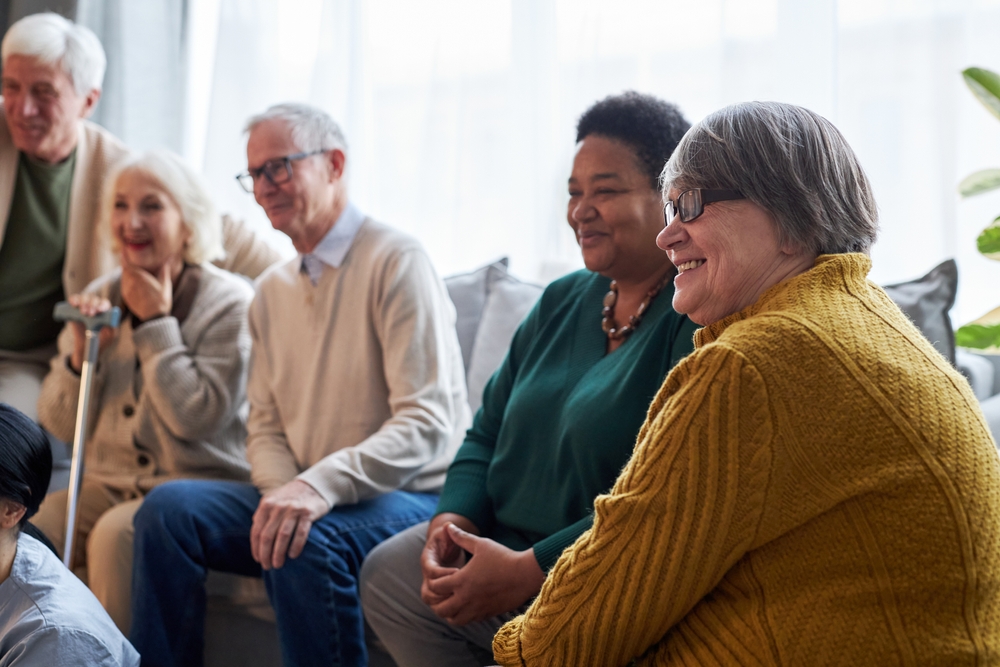Weak Legs in Elderly Adults: Causes, Risks, Home Care
Category:

Having strong legs can be fairly important for a person’s mobility, but unfortunately, weak leg muscles in the elderly can be caused by countless things. By the time we’re around 30 years old, we begin a gradual, lifelong decline in muscle mass and bone density, one that needs to be battled with diet and exercise. But putting aside a sedentary lifestyle, what causes weak legs in the elderly, and what can you do about it?
Nutritional Reasons for Weak Leg Muscles in the Elderly
Interestingly, nutritional deficiencies are some of the most common causes of muscular weakness in all age groups. Vitamin D, magnesium, and calcium are all quite important for building bones and muscle tissue. Moreover, vitamin D deficiencies are exceedingly common among the elderly, and research has clarified that correcting that deficiency with supplements can help improve a person’s strength.
Another common nutritional deficiency that can contribute to weakness is iron, which is plentiful in poultry, dried beans, dried fruits, tofu, and cashews. Weak legs in seniors can also be related to poor circulation due to high cholesterol or other cardiovascular problems and low potassium as a result of taking diuretic medication. Outside of nutrition, what else should you know about?
Download a Free Guide to Home Care
What Causes Sudden Leg Weakness in the Elderly?
Weakness from nutritional deficiencies and inactivity tends to gradually occur over months or years. But as with gradual weakness, sudden leg weakness in the elderly can be caused by several things. One of the most common is a slipped disk, which typically includes a tingling or burning sensation, pain that worsens either sitting or standing and generalized muscle weakness.
Another injury that commonly causes weak legs in elderly individuals is a pinched nerve. Typically affecting one side of the body, symptoms usually include pain radiating from the lower back, hips, and legs. While those are among the most common causes of sudden leg weakness in the elderly, sudden weakness in the legs can also be caused by a stroke, and a laundry list of less common conditions like Guillain-Barre syndrome, Multiple sclerosis, peripheral neuropathy, Parkinson’s, ALS, spinal tumors, and others.
Exercises for Weak Legs in Elderly Patients
It’s normal for people to lose muscle mass as they age, but a sedentary lifestyle can accelerate that decline. Conversely, regular leg exercises can improve balance and potentially reduce the risk of suffering a fall. While mobility limitations need to be considered, and you should consult your doctor about exercise appropriate for your loved one, the good news is that finding good exercises for weak legs in elderly individuals usually isn’t that tough.
For example, ankle circles are a low impact exercise that can be performed while sitting by simply lifting one leg and rotating the ankle in a circular motion. Likewise, leg raises and calf exercises can be done standing beside a chair for safety, and squats are also an excellent option for many people. Most experts suggest low-impact strength training twice per week, but it’s worth keeping in mind that it can take older adults a long time to see fitness results.
Caring for Weak Leg Muscles in the Elderly
Leg muscle weakness in elderly loved ones typically doesn’t indicate rare diseases; it’s often something as simple as a vitamin deficiency. With that said, you should seek emergency medical care if sudden weakness comes, including sharp pain, loss of bowel or bladder control, or signs of a stroke. But along with small lifestyle changes, sometimes all it takes to overcome leg weakness is persistence.
Subscribe
Date: 2021-02-18
Category:


